It was fine in Sarajevo
The selection of Sarajevo as the host of the 14th Winter Olympic Games was announced on 18 May 1978, at the 80th session of the International Olympic Committee held in Athens. Japan's Sapporo and Sweden's Gothenburg participated in the nomination for the selection. After two rounds of voting, Sarajevo was awarded the organization of the 14th Winter Olympic Games by a majority of votes (39:36). This news was first announced to the citizens of Sarajevo on Radio Sarajevo on 18 May at around 2:30 p.m. The preparations that followed mobilized all working people and citizens, the City and the Republic authorities, all sports and cultural workers and activists, all with one goal - to make it an incentive for overall social, cultural and economic development - to present Sarajevo to the world with all its potential, as a center of rich cultural and historical heritage, as a cultural, economic and business center, and as a center for the development of tourism and winter sports.
All winter sports venues and arenas are located within a radius of approximately 30 kilometers.
The 14th Winter Olympic Games were held in Sarajevo from 8 to 19 February 1984. 1,272 competitors from 49 countries took part in six winter sports - 988 male and 274 female competitors.
The Opening Ceremony was organized at Koševo Stadium, while the Closing Ceremony was held at the Zetra Sports Center Ice Hall.
Mt. Bjelašnica was reserved for alpine skiing for men, and Mt. Jahorina for alpine skiing for women. Nordic disciplines - cross-country skiing and biathlon were held on Veliko Polje on Mt. Igman, and ski jumping on Mali Polje. The Olympic track for bobsleigh and luge was on Mt. Trebević. The hockey competition was held at Skenderija, while the figure and speed skating competitions were held at Zetra, as well as the finals of the hockey competition.
A total of 39 competitions were held in ten disciplines and six winter sports.
According to official data, the organization of the 14th Winter Olympic Games cost 142.6 million dollars. Half of the revenue was generated from the sale of TV broadcasting rights. Over 4,500 accredited journalists reported on the Olympics. 250,000 tickets were sold, of which 200,000 abroad. The TV broadcast of the Sarajevo Olympics was watched by two billion people. Overnight, Sarajevo rose among the world capitals and became a world-famous city - the sports center of the world.
The Olympics stimulated its urban and economic revival, as the flywheel of its economic and cultural development.
According to the guests' statements (and the numerous letters that arrived at the address of the Olympic Committee from various parts of the world), the hosts drew special attention to themselves with their cheerfulness, openness, casualness, friendliness and hospitality. In the words of the sport reporter Bože Sušec, published on the occasion of the 30th anniversary of the 14th Winter Olympic Games in Sarajevo in 1984 - "Never again will any Games be held under the slogan NO PROBLEM, two words that the entire Olympic and non-Olympic world has learned, because today, in the time of the frenzied competition between terrorism and anti-terrorism, it is impossible to spend the Games in the joyous and leisurely spirit of Bosnia and, in particular, of the then Sarajevo folks.
At the end of the Olympics, the President of the International Olympic Committee, Juan Antonio Samaranch, made his famous assessment - saying that up to that time they had been the best organized Olympic Games in history. After the Sarajevo Olympics, in addition to the newly built Olympic facilities, the RTV Center, several hotels, 2,850 apartments, 9,500 new jobs were created. As part of the preparations for the Games, 160 different projects were designed and launched as part of the entire organization and realization of the Games. Not only were the Olympics a major sporting event that made Sarajevo the world's sports capital in those days, numerous cultural events and exhibitions also made Sarajevo the capital of culture. The then established Sarajevo Winter Festival, has continued until today, thanks primarily to the enthusiasm and energy of its director, Mr. Ibro Spahić.
The Academy of Fine Arts with its faculty and creative potential also found its place in the auspices of the Olympics. Having worked in inadequate spaces and in several different locations, the Academy finally got its own building, the former Evangelical Church, where it moved into in 1982, after the adaptation that was done by the architect Vladimir Dobrović.
Our students Dragan S. Stefanović and Branko Bačanović (graduated in 1976), experienced designers already, were involved in the creation of the visual identity of the Sarajevo candidacy for the organization of the 14th Winter Olympic Games, which was officially submitted to the International Olympic Committee on 31 December 1977. Dragan was already known throughout Yugoslavia for the covers of the LP records of the Sarajevo rock group Bijelo Dugme, while Branko was then working in DES. Dragan designed the poster and Branko designed the catalogue. Architect Miroslav Antonić is the author of the Olympic emblem. Once Sarajevo was selected to organize the Games, numerous opportunities appeared for the participation of Academy’s faculty and students in the creation of visual and promotional works. Public campaign aimed at environmental protection for which Prof. Mladen Kolobarić designed a series of posters is one of the first such projects.
The program of promotion of the 14th WOG Sarajevo '84 included exhibitions under one title Sarajevo – the Olympic City, the promotion of the documentaries Sarajevo is Being Built and Welcome to Sarajevo, and the Project of a Thousand Exhibitions in the World, aimed at a broad presentation of Sarajevo, primarily in diplomatic and consular representative offices and cultural centers within the embassies of the SFR Yugoslavia.
One of the exhibitions that helped promote Sarajevo as an Olympic and cultural center in the wider Yugoslav cultural space was "Contemporary Yugoslav Art 1978/83" for which Čedomir Kostović designed the poster. The time after the Olympics saw the positioning of Sarajevo as the center of fine arts in the wider Yugoslav region, possibly initiated by this exhibition in the form of two biennials organized in Sarajevo under the name of Yugoslav Dokumenta in 1987 and 1989 at the Skenderija Cultural and Sports Center. The students of our Academy Radoslav Tadić, Jusuf Hadžifejzović and Aleksandar Bukvić organized these biennials, along with the employees of the Youth Center led by Enver Hadžiomerspahić.
A creative team that consisted of numerous cultural and public figures was formed, as part of the Organizing Committee of the Games, to take care of the promotion and the creation of the Games’ visual identity. The members of the team were, inter alia, Prof. Muhamed Karamehmedović, Prof. Ismar Mujezinović, Prof. Mladen Kolobarić, Prof. Mersad Berber, and Prof. Ismet Dizdarević.
The exhibition we are organizing on the occasion of the 40th anniversary of the 14th Winter Olympic Games is an opportunity to remember the contribution made by the faculty and students of the Academy of Fine Arts in Sarajevo in the creation of not only a successful visual identity of the Olympics, but also an exceptionally positive image of Sarajevo, Bosnia and Herzegovina and Yugoslavia that was recognized by numerous participants, athletes and guests, especially those who arrived in Sarajevo from various parts of the world.
The creative works of Ismar Mujezinović, Čedomir Kostović, Branko Bačanović, Srđan Kokoruš, Branko Modraković, Lora Levi, Radmila Jovandić remain to be remembered... as an expression of the spirit of that time - the positive spirit of Sarajevo that is still alive.
To conclude, in the atmosphere of the Olympic spirit, the Academy of Fine Arts in Sarajevo enrolled the first generation of students in the Department of Product Design in 1984. The fact that this was a true development-oriented move was already shown by the first graduated designers, students of the Department, such as Omer Halilhodžić, today a world-renowned car designer, but also by numerous others who have found their place in companies and design studios in the past 40 years, both in the country and around the world, in Europe, Asia and America. The opportunity to show all this is an exhibition of the achievements of this Department planned for its 40th anniversary scheduled for October this year.
Prof. Asim Đelilović



The official bid for Sarajevo's candidacy for the organization of the 14th Winter Olympic Games was submitted to the International Olympic Committee on 31 December 1977. On 18 May 1978, at the 80th session of the IOC in Athens, Sarajevo won the organization of the Olympics over its Sapporo rival. The visual identity for the application was created by:
Dragan S. Stefanović (poster)
Miroslav Antonić (logo)
Branko Bačanović (catalogue)
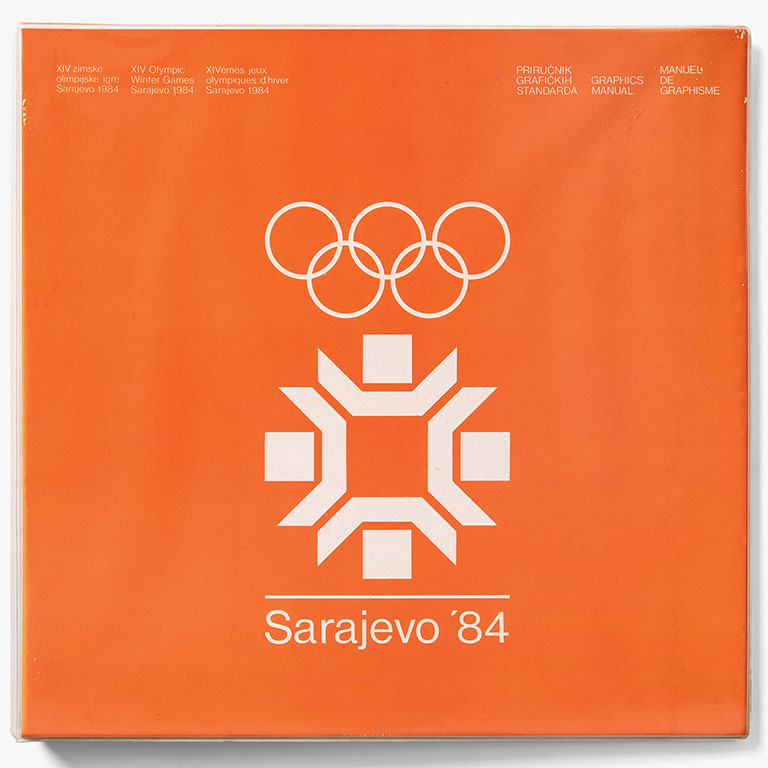
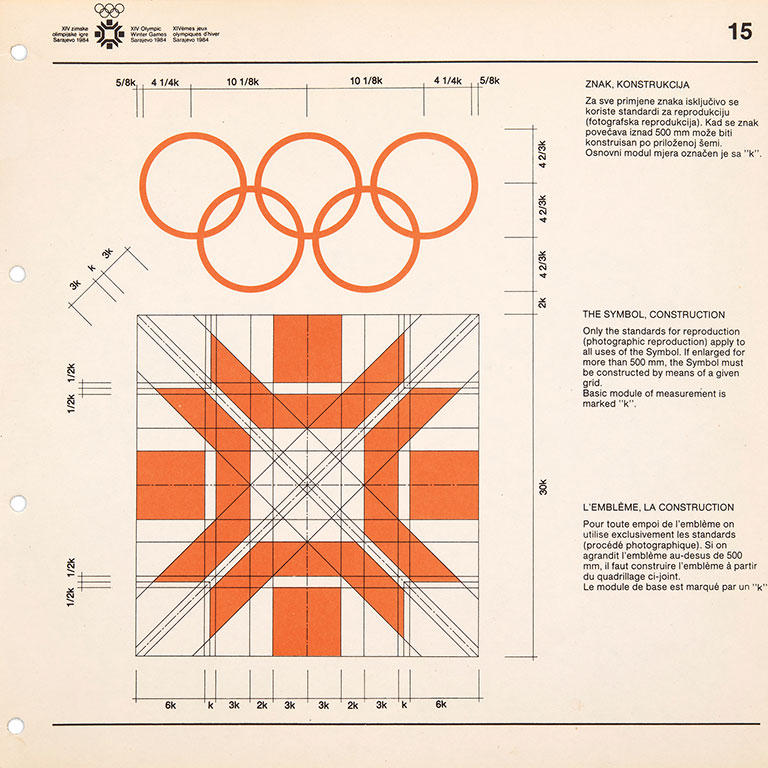

After the Yugoslav contest for the logo of the 14th WOG Sarajevo '84, which did not bring the desired result, the Organizing Committee opted for an earlier solution of the logo created by Miroslav Antonić. After selecting this logo, its redesign and standardization of the visual identity of the WOG were initiated. A creative team was formed comprising of:
Mladen Kolobarić (team leader), Branko Bačanović, Čedomir Kostović (designers), Ismar Mujezinović and Hrvoje Malić (consultants), Emir Kadić (the Organizing Committee’s associate for the creation of graphic originals) and Alija Hafizović (the Organizing Committee’s expert associate for design).
Along with the redesign of the logo, this team also created a Book of Graphic Standards published by the Oslobođenje Publishing Company Sarajevo in 1980.
VISIT PAGE...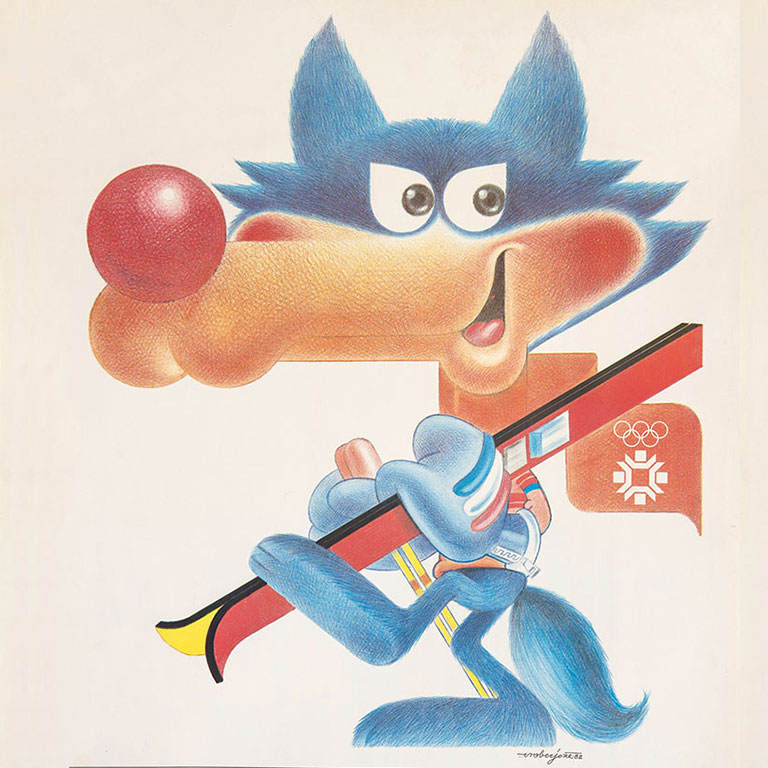
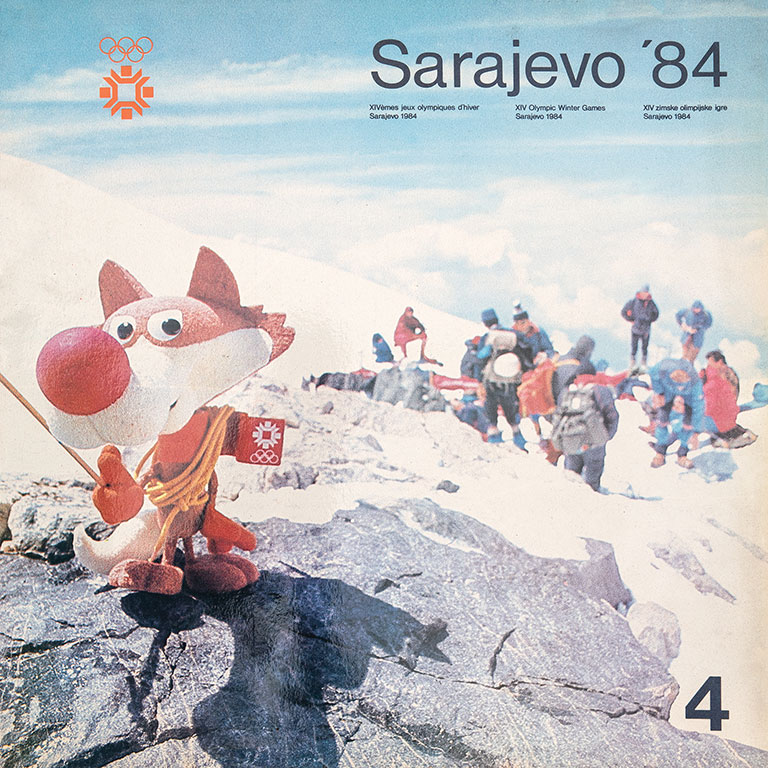

836 works were submitted to the Yugoslav contest for the mascot of the Olympics. The expert jury headed by Prof. Mersad Berber and Prof. Ismet Dizdarević (among others), singled out six proposals, among which, in addition to Vučko, there were hedgehog, snowballs, weasel, chamois and lamb. The selected proposals were then published in all major Yugoslav newspapers so that citizens could vote for the proposal they liked the most. Vučko (5), the work of Jože Trobec from Kranj, was chosen by the majority of votes as the official mascot of the 14th Winter Olympic Games.
Elements of visual identity - logo, mascot, typography and color system defined by the Book of Standards were used in the design of all accompanying forms. Thus, Ivo Boras designed the system of traffic signs and signals. Fuad Hadžihalilović designed ID cards for all officials, accredited journalists and guests. Branko Bačanović designed the ticket system for Olympic competitions. Srđan Kokoruš, together with Branko Modraković, formed a creative group that designed numerous publications, under the artistic guidance of Prof. Mladen Kolobarić. Ismet Berbić worked on the design of acknowledgment cards.
VISIT PAGE...
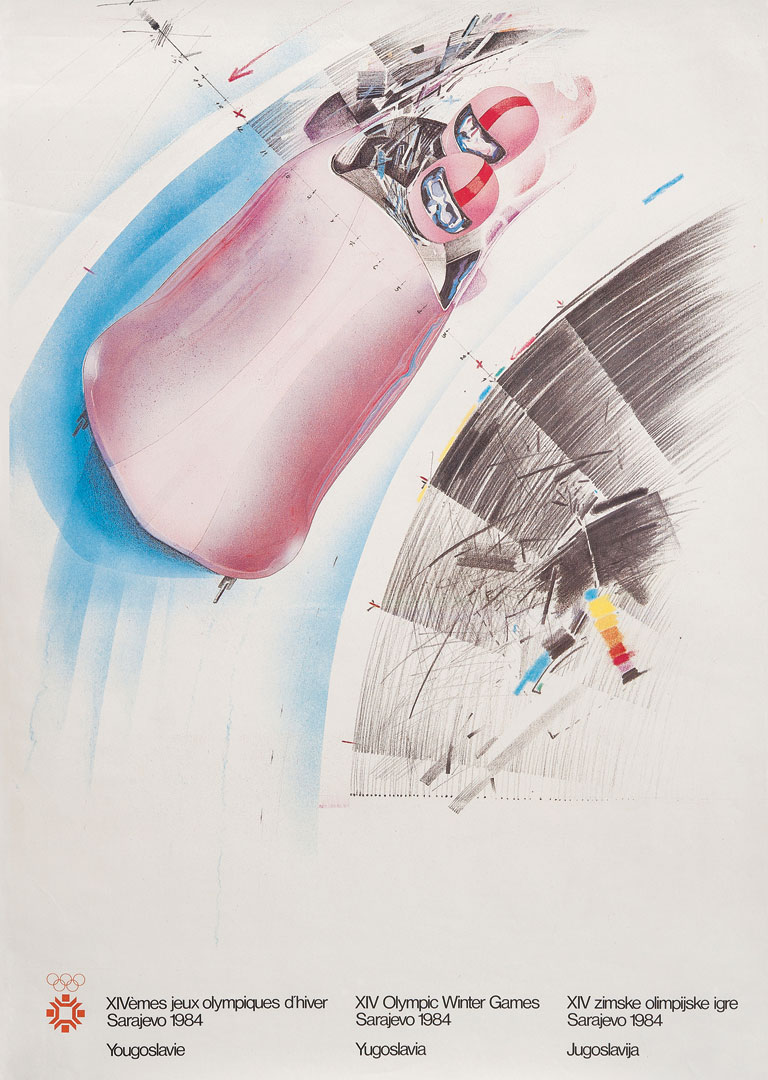

Radmila Jovandić and Lora Levi, Srđan Kokoruš, Čedomir Kostović, Milivoj Unković, Branko Modraković and Branko Bačanović offered their ideas for the design of the official poster of the 14th Winter Olympic Games.



Professor Ismar Mujezinović first made two illustrations on the topic of winter sports intended to serve as illustrations for the promotion of the Olympic sport disciplines. According to the author himself, a series of eight illustrations was made, at the initiative of Artur Takač, the technical director of the Games, as the basis from which the recognizable Sarajevo Olympic posters were created. Along with Ismar Mujezinović's official posters, 300 copies of the Olympic Poster Portfolio, signed by the author himself, were printed. Ismar Mujezinović's Olympic posters have received numerous awards at international design exhibitions and even today, 40 years after the Olympics, along with Vučko created by Jože Trobec, they represent its most recognizable symbol.


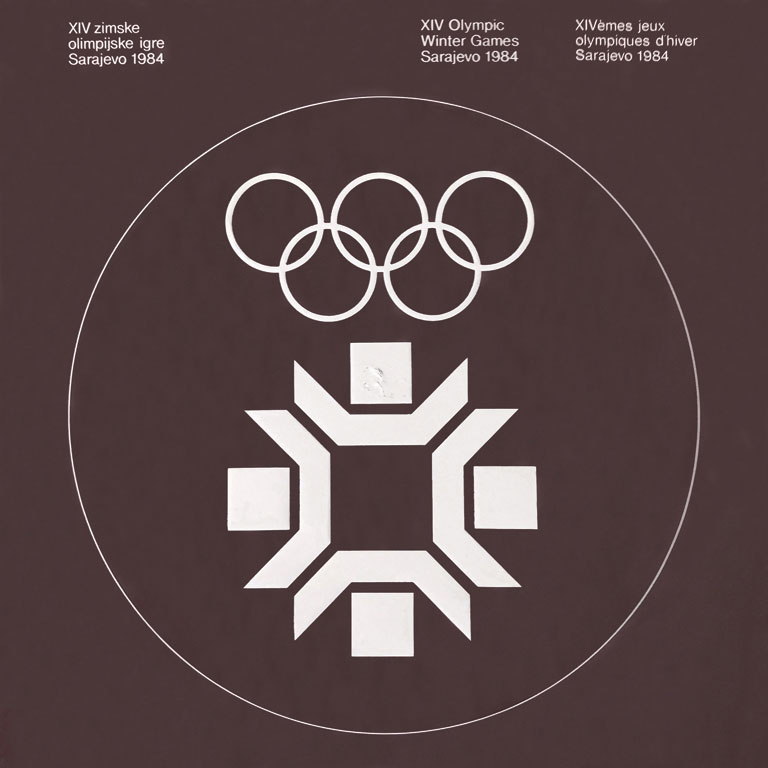
In 1984, the Sarajevo Diskoton Company released several LPs with the aim of promoting the Olympics, along with the works from the opus of Yugoslav composers. The design of the sleeves for these records was done by Nedim Bavčić. Along with Vanja Popović, who designed the costumes for the official opening and closing ceremonies of the Olympics, Selma Zukić Popović designed uniforms for the staff and supporting services. The professors of the Academy of Fine Arts in Sarajevo also contributed to the promotion of the 14th WOG; with the support of several Sarajevo artists, they created a graphic portfolio titled "Sarajevo '84".
The editions produced as a reflection of the Olympic spirit "In the Sign of Sarajevo" (16) and "Hvala Sarajevo" were visually designed by Mladen Kolobarić.
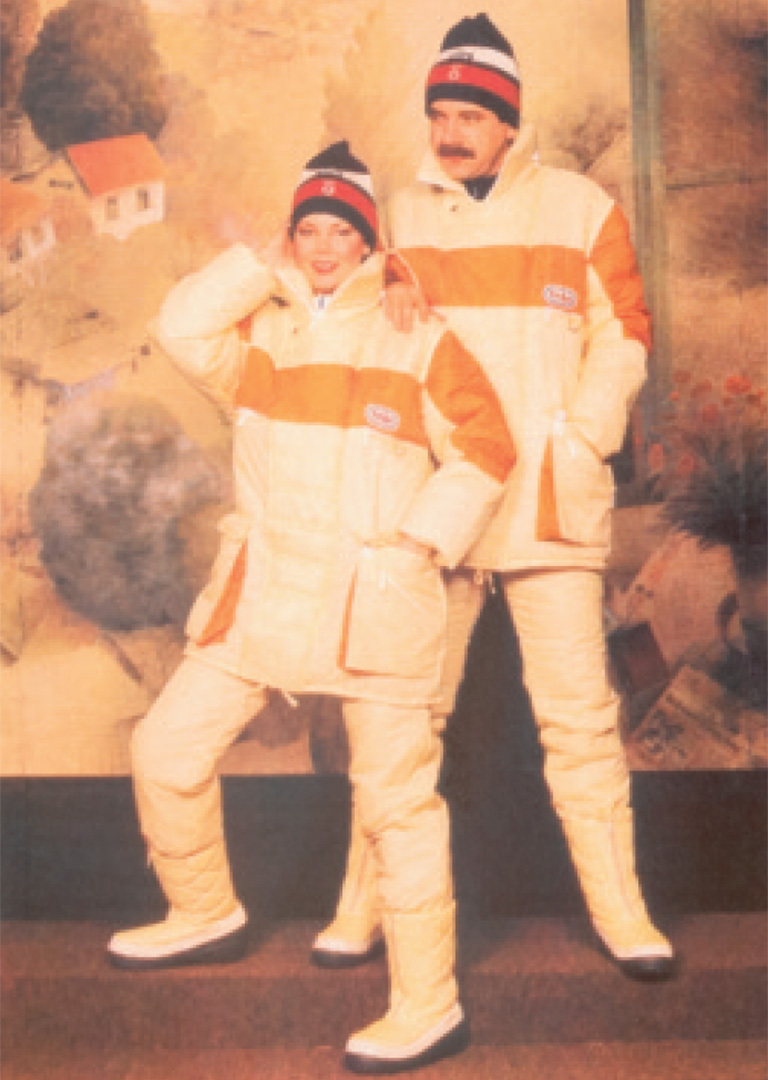
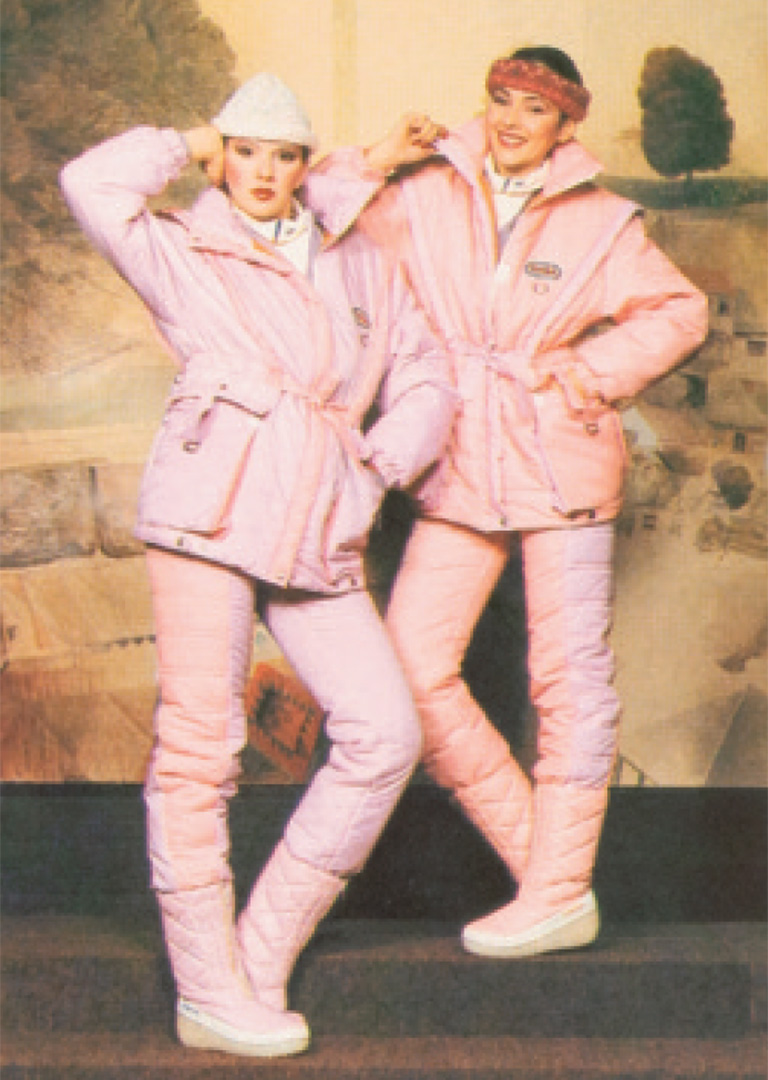

Selma Zukić Popović
It was indeed a great pride and honour to work for the Sarajevo Winter
Olympic Games! I was chosen to create the official uniforms for everyone who
was employed during the 1984 Sarajevo Winter Olympics.
About two years before the start of the Olympic Games, I was asked if I would
design official uniforms for the employees of the Olympics. At that time, I
worked for the "Ključ-Šik" Textile Factory and, although I was a young fashion
designer, I had already won several awards, including the "Golden Doe", the
biggest fashion award in the former Yugoslavia. As it was a large-scale job, the
proposal was to invite someone else to work with me. So, I invited Ingrid
Nikolić, a young creator from Belgrade who, at the time, worked for the Alhos
Textile Factory.
Creating uniforms for the Olympics was a very big and responsible task. How
to find inspiration when the very word "uniform" automatically associates with
the army, police, firemen. The inspiration came from the love for the city where
I was born, the city I love and I am proud of. So, eager to do my best for the
success of the Games, wishing to make the most beautiful uniforms for my city,
nothing was difficult.
The uniforms for the Olympics were fantastic, we surpassed ourselves.
The work on the uniforms had many stages. Mostly, all the initiatives on the
division by employment groups came as the result of countless meetings with
the Olympic Committee. They had to approve every idea and were present
when contracts for the realization of the gear were signed.
I designed different uniforms for employees who worked outside, and for those
who worked indoors. Then we differentiated groups according to their duties.
Very few uniforms were made for the top management, Mr. Samaran included.
The creative part I started with sketches, probably putting hundreds of drawings
and ideas on paper. After the conceptual sketches, I chose the materials
from which the clothes would be made, then the colour groups that had to be
in accordance with the official colours of the Games, upon which we had to
find who would execute and manufacture all those uniforms.
The design of the Olympic uniforms was fantastic! I drew hundreds of sketches
to find the balance between sporty, elegant, modern and comfortable.
When we adopted some basic ideas, it was necessary to unite all the uniforms
so that they are similar and yet different. It was necessary to think about the
manufacturing of uniforms and the technical possibilities of making them.
Of course, we wanted the best quality in the production of uniforms, so we engaged the best textile companies throughout Yugoslavia.
The sketches for manufacturing had to be very precise, with detailed instructions on how to sew them and how to combine colours and materials we chose.
For example, one part of the sweaters was produced in Foča, and the other in
Rašica, one part of the jackets in Alhos, the other in Kluz, it all had to be balanced.
The Olympic Committee monitored a lot of practical work, but we, designers
who worked for the Olympics, were the greatest support for each other, teamwork
was essential to achieve our goal: the success of the Sarajevo Olympics.
Well, when I finally breathed a sigh of relief and thought it was all over, the late
prof. Kolobarić told me: You still have to produce technical drawings of uniforms,
so that visitors would know who is who among the employees. These
are the drawings that were found in the Official Guide to the Sarajevo 1984
Olympic Games.
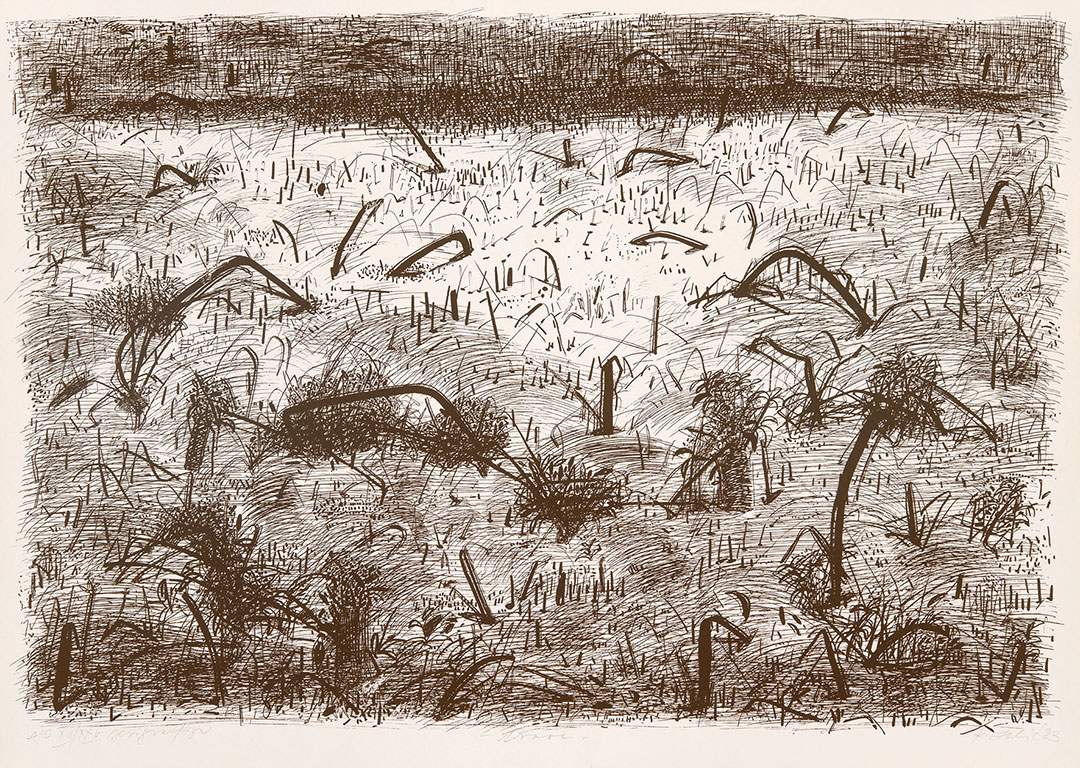
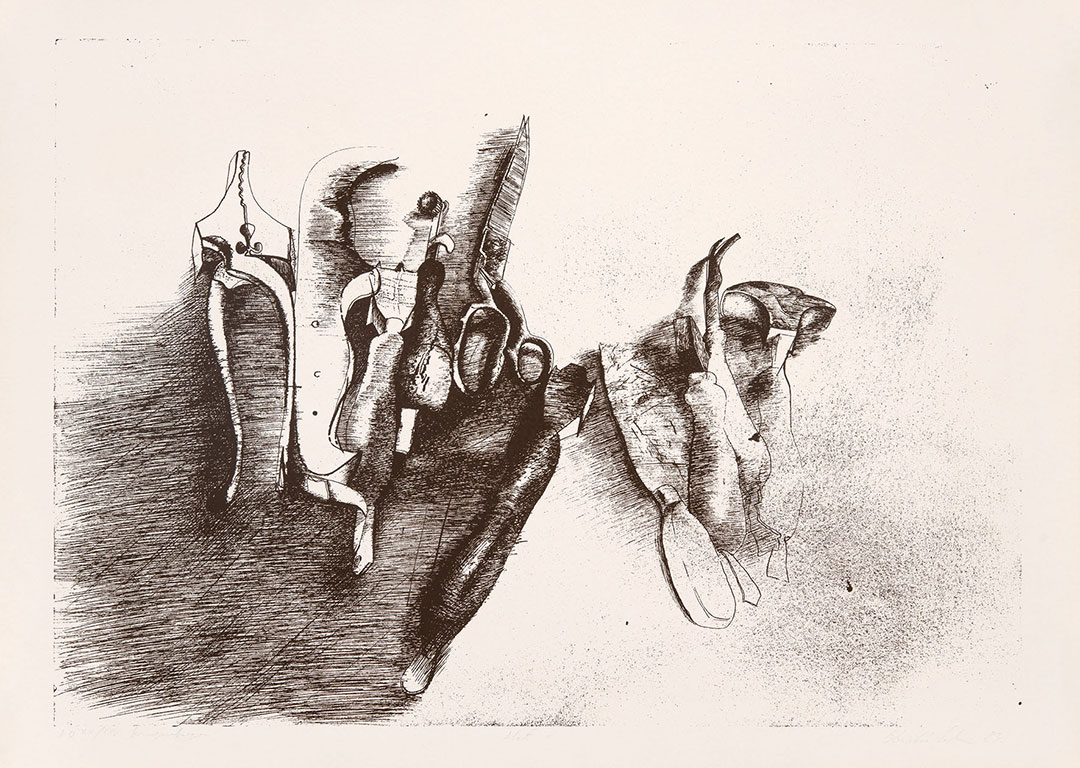

The professors of the Academy of Fine Arts in Sarajevo also contributed to the promotion of the 14th WOG; with the support of several Sarajevo artists, they created a graphic portfolio titled "Sarajevo '84". The introduction for the portfolio was written by Prof. Ljubomir Perčinlić (Dean), while professors Josip Alebić, Radmila Jovandić, Alija Kučukalić, Ratko Lalić, Esad Muftić, Sead Musić, Salim Obralić, Nusret Pašić, Ljubomir Perčinlić, Radoslav Tadić, Emira Turnadžić, and Milivoj Unković presented their works therein. The portfolio contains twenty-eight 70x50 cm graphics, produced in the screen-printing technique. The portfolio was printed by Hasan Čakar.
VISIT PAGE...